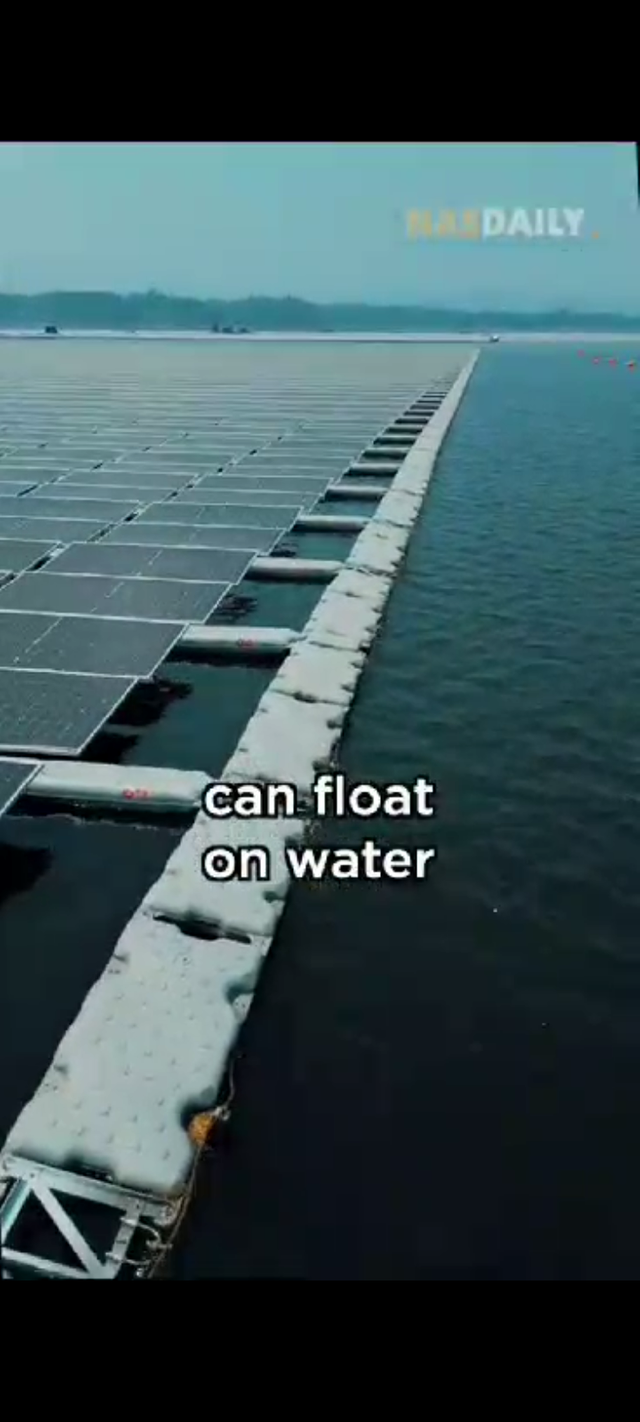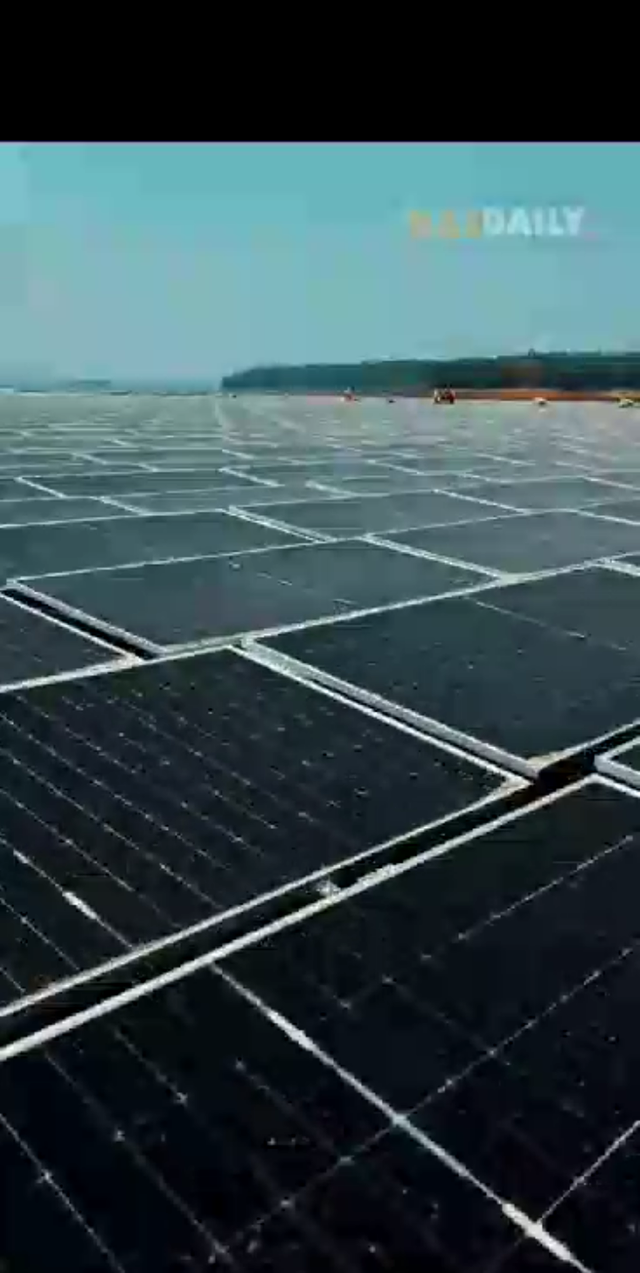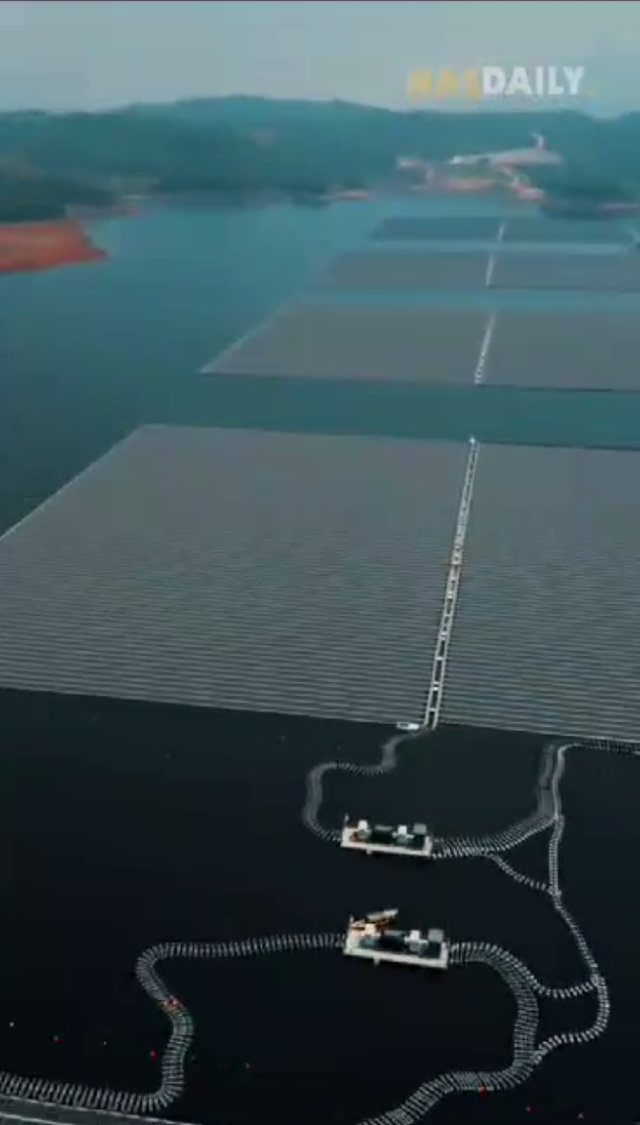
In the dynamic landscape of renewable energy, Southeast Asia is making waves with an innovative approach to harnessing solar power — the floating solar farm. With a region characterized by abundant sunlight and a growing need for sustainable energy sources, floating solar farms have emerged as a promising solution to address both energy and land challenges.
Countries like Vietnam, Thailand, and Malaysia are at the forefront of this green energy revolution. The concept involves installing solar panels on platforms that float on water bodies, such as reservoirs, lakes, and ponds. This utilization of water surfaces not only optimizes land use but also presents a range of environmental and efficiency benefits.

One significant advantage of floating solar farms is their ability to make use of large water surfaces that might otherwise go unused. This is particularly crucial in densely populated areas where available land for traditional solar farms is limited. In Southeast Asia, where urbanization and industrialization are on the rise, maximizing the potential of existing water bodies becomes a strategic move towards sustainable development.

Moreover, the cooling effect of water can enhance the efficiency of solar panels, as they operate more effectively at lower temperatures. This dual functionality of land conservation and efficiency improvement makes floating solar farms an attractive option for countries grappling with the dual challenges of energy security and environmental sustainability.
Vietnam, with its ambitious renewable energy targets, has embraced floating solar farms as part of its energy transition strategy. Thailand, too, has ventured into this innovative field, leveraging its vast network of water reservoirs. Malaysia, with its commitment to increasing the share of renewable energy in its power mix, sees floating solar as a key player in achieving these objectives.
As Southeast Asia continues to navigate the complexities of balancing economic growth with environmental responsibility, the floating solar farm stands out as a beacon of sustainable progress, harnessing the power of the sun while gracefully floating on the region's abundant water resources.

Thanks for the article. I've seen stories about these solar panels before. To me, it seems like a good idea, but I wonder what they'll do to the temperature of the water that's in the shade below them. Seems like that could have unintended consequences for aquatic life. Did any of your source articles mention that possibility?
Downvoting a post can decrease pending rewards and make it less visible. Common reasons:
Submit